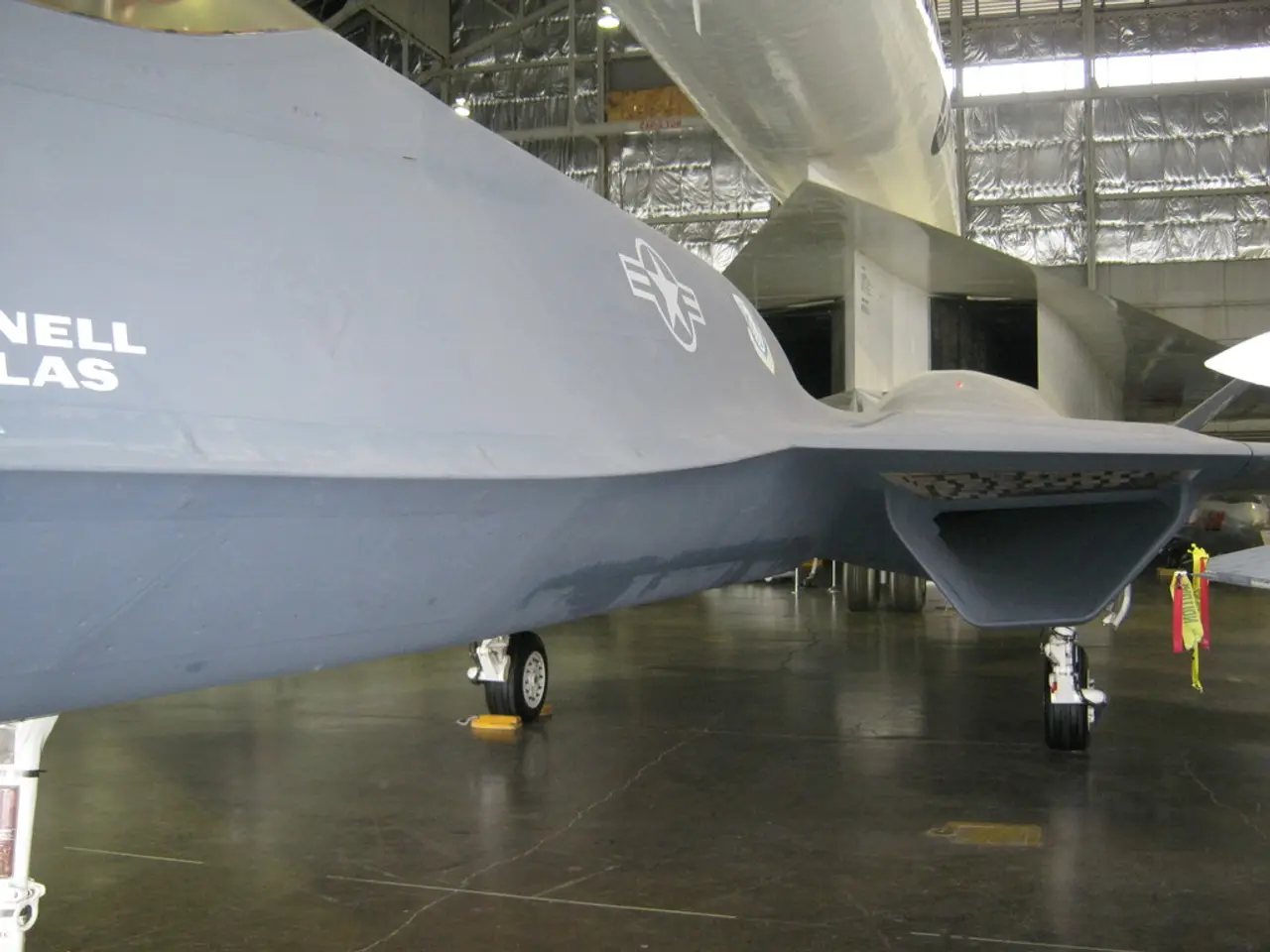Aircraft Industry in 2025: Cost Reductions Meet Logistical Struggles
In the wake of the global pandemic, the aviation industry continues to grapple with financial difficulties as some suppliers struggle to stay afloat. However, amidst these challenges, there are signs of recovery and opportunities for growth.
One such promising development is the renewed popularity of the Airbus A380. The large double-deck, wide-body airliner has found favour once again due to its potential for optimization by companies seeking to streamline their operations.
The secondary market for aircraft is also thriving, with both the value and liquidity of used aircraft performing well. This market serves as a crucial avenue for airlines looking to gradually replace their fleets and adapt to changing market conditions.
Yet, the industry's recovery is not without its hurdles. Manufacturers' order books are full, yet production capacities are not being fully utilized due to supply chain issues. These challenges have led to delays in aircraft deliveries, with the shortage being primarily attributed to certification delays.
For instance, the much-anticipated Boeing 777X is behind schedule, despite no new technical flight test issues. This delay has significant implications for production and finances, underscoring the importance of timely certification processes.
The aerospace sector is characterised by single-source suppliers, making it challenging for companies to turn to alternative providers for key components, such as engines. This reliance on a few suppliers exacerbates the impact of supply chain issues and delays.
Moreover, the limited production capacities have a ripple effect on the secondary market for aircraft. The failure of a single part in the manufacturing process can lead to delays in the production of the entire aircraft, further complicating matters.
Extensive checks must be considered in the production process of aircraft to ensure safety and quality. These checks, coupled with the challenges posed by supply chain issues and certification delays, contribute to the industry's ongoing recovery process.
For those seeking more insights and forecasts on the aviation industry's recovery, CIB Research offers valuable resources and analyses. As the industry navigates these challenges and opportunities, it remains crucial for all stakeholders to stay informed and adapt to the changing landscape.
Read also:
- Peptide YY (PYY): Exploring its Role in Appetite Suppression, Intestinal Health, and Cognitive Links
- Toddler Health: Rotavirus Signs, Origins, and Potential Complications
- Digestive issues and heart discomfort: Root causes and associated health conditions
- House Infernos: Deadly Hazards Surpassing the Flames








